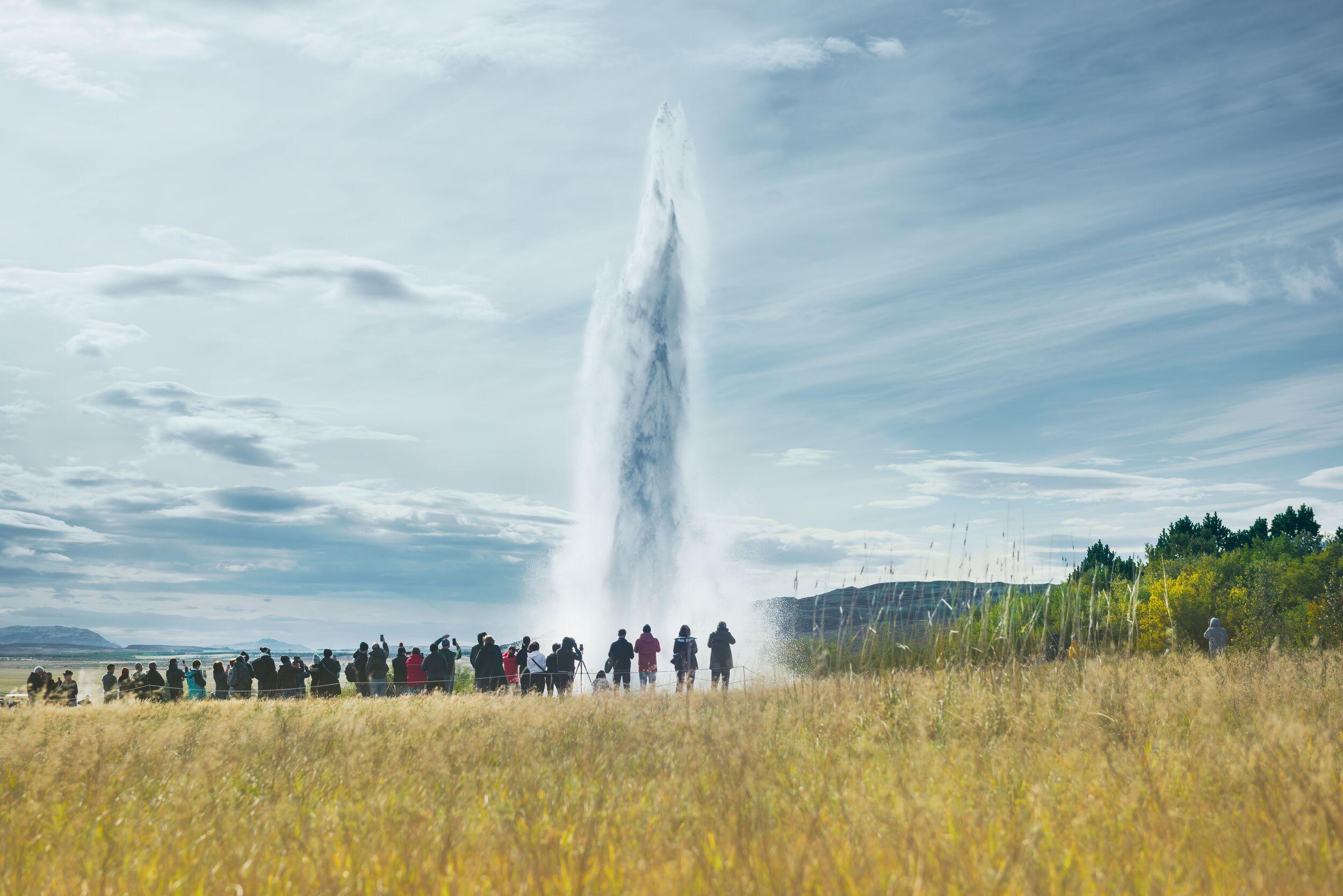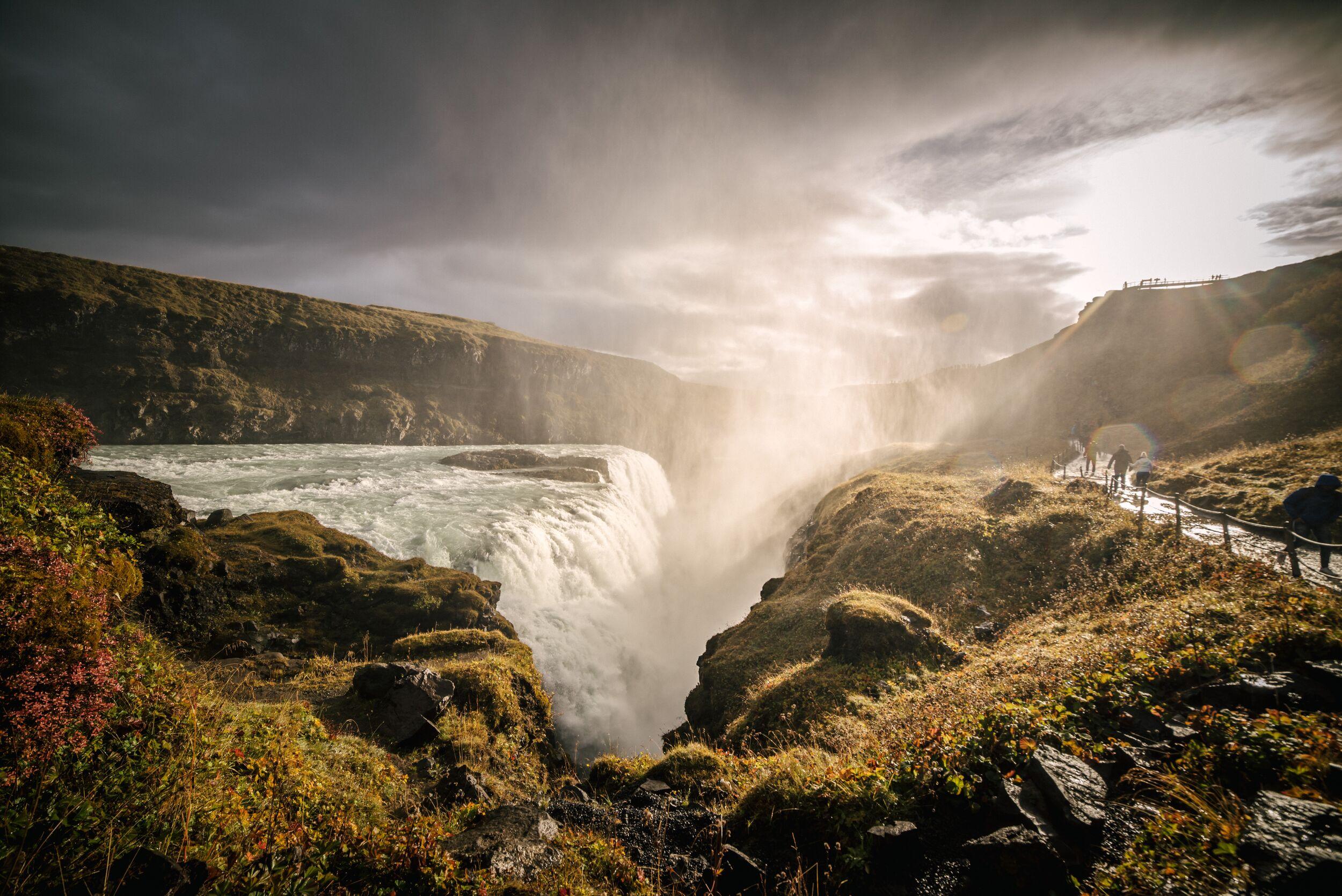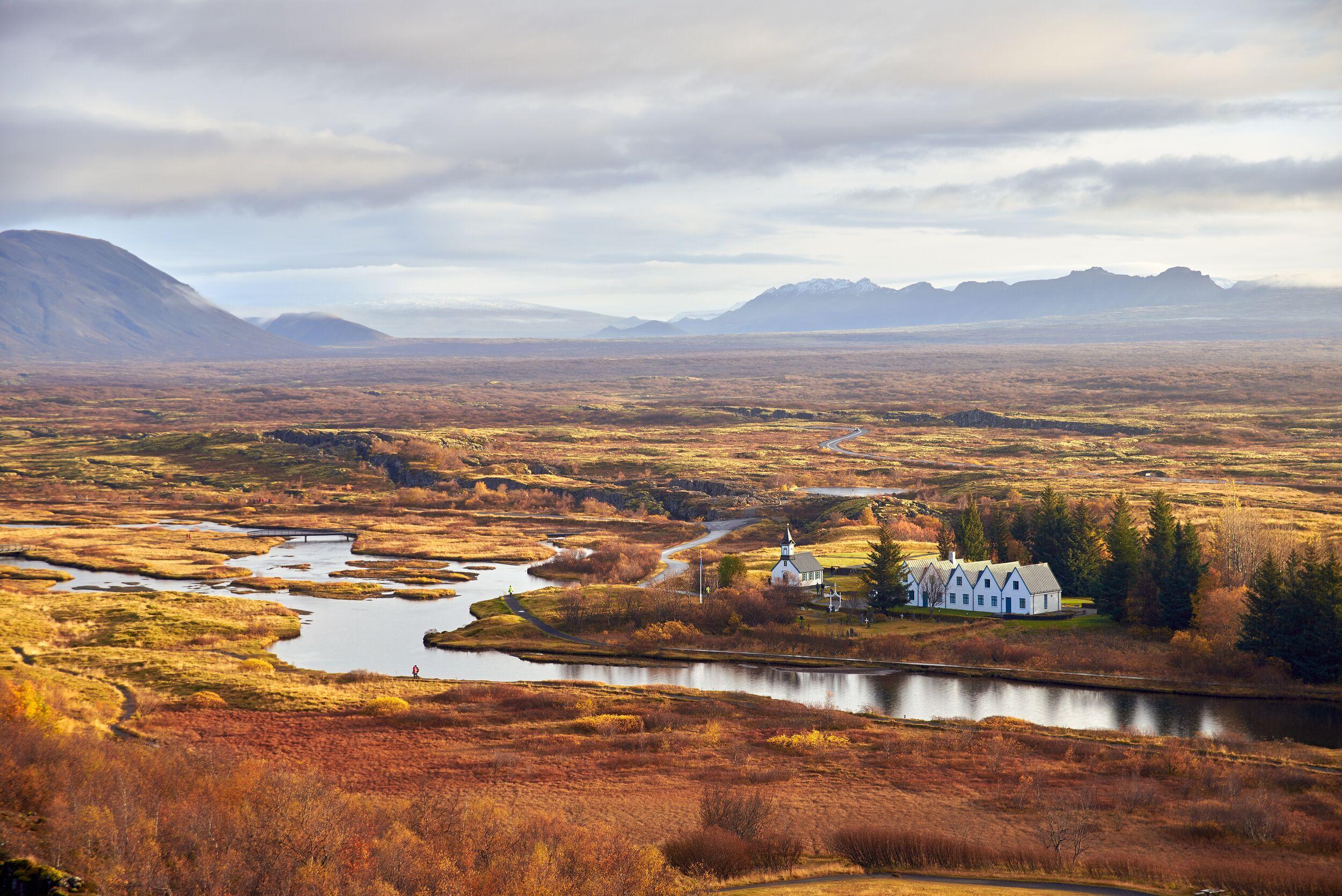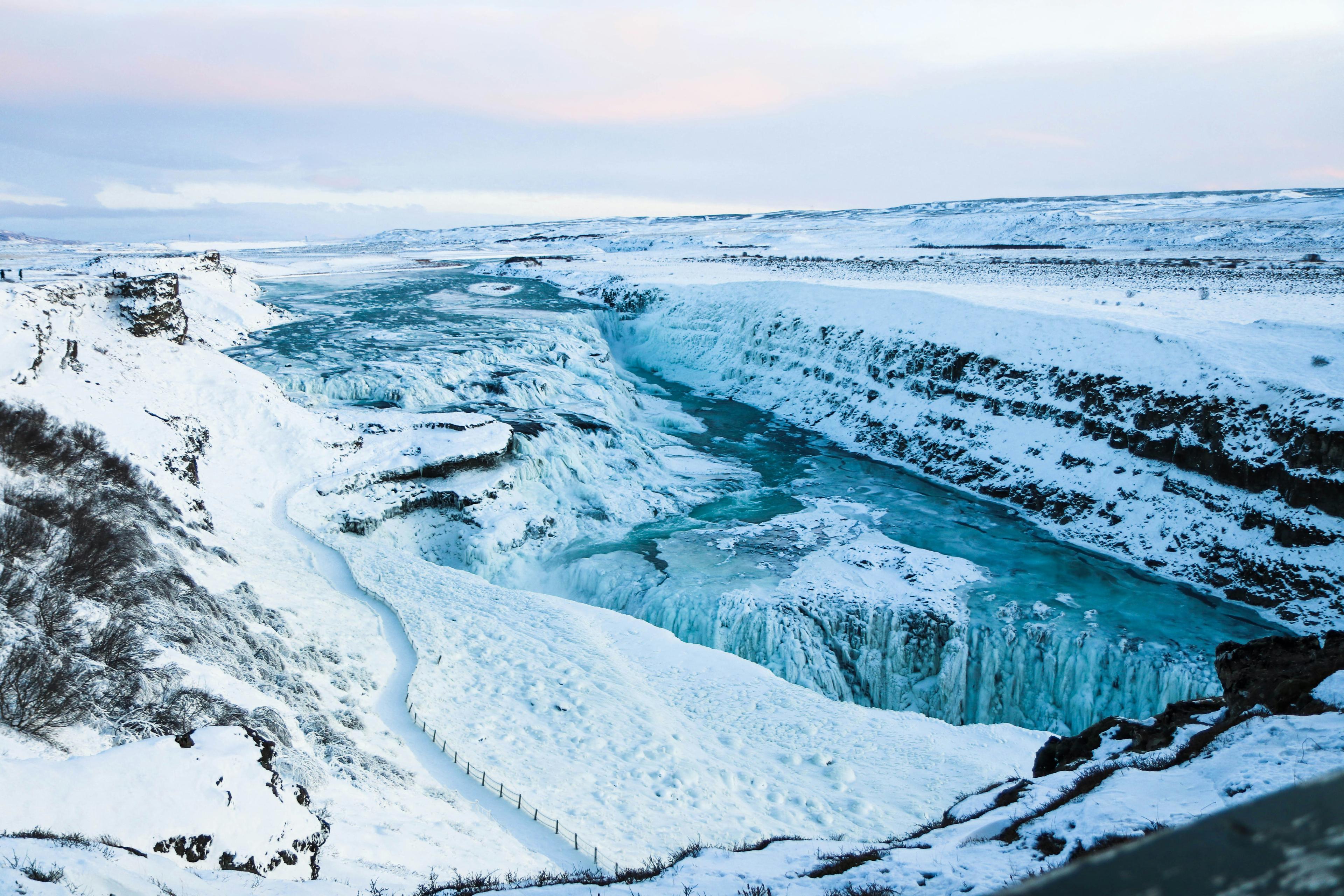Exploring Geysir: A Comprehensive Guide to Iceland's Geothermal Marvel
Our guide to Geysir Iceland is aimed at travellers visiting the Geysir Geothermal Area for the first time. Thanks to the show put on at regular intervals first by Great Geysir and latterly by its current star performer, the Strokkur geyser, this part of Iceland has long been a favourite with tourists. These days, it’s a popular stop on the Golden Circle tour route and a must for visitors.
The History of Geysir Geothermal Area and its Geological Significance
Great Geysir, the original, is where we get the word geyser from. The meaning of the Old Norse verb geysa is to erupt, gush, go forward, or burst into life—you get the idea. Many geologists believe that the Geysir geothermal area started to form about 1150. It is located at the foot of a rhyolite hill called Laugarfjall; its underground heat comes from a long-dead volcano.
The first written account of hot springs in the Haukadalur valley was in 1294. More than 700 years later, the area’s steaming fumaroles, sulphurous mud pots, and warm streams are still noteworthy. It would certainly have taken many centuries for sinter deposits to build up to form the mounds that characterise the area’s geysers, such as Great Geysir.
There have been periods of dramatic activity in this geothermal valley in the past. For instance, in 1630, records tell of eruptions so powerful from the geysers at Haukadalur that the ground around them would shake violently. At its peak, records show that Great Geysir, a hot water pool geyser, would send a jet of superheated water 60 to 90 metres into the air, perhaps every few hours.
The Great Geysir in Iceland is the namesake of all geysers worldwide.
If Nature Isn’t Cooperating…
It soon became apparent that people would travel long distances to see this striking natural phenomenon and so it was important that when they arrived, there’d be something to see. Sometimes, however, nature isn’t as cooperative as we’d like and Great Geysir in Iceland was one such example. It has largely been dormant for more than a century.
Great Geysir’s natural activity pretty much ceased in 1916, except for a short-lived burst in 1935. Once, therefore, it was commonplace to throw soap powder into the crater. This would lower the surface tension of the water and force an eruption because the water would be able to boil more easily. This would give the waiting crowd what they had come to see.
However, that doesn’t mean an end to activity: much more recently, an earthquake that took place in June 2000 kicked off a series of geyser eruptions. Currently, however, only Strokkur geyser sends a jet of water high into the air on a regular basis – usually every few minutes. This can reach as much as 20 to 30 metres high, which is more than enough to satisfy those who’ve come to watch.
Looking after fragile environments
Nowadays, our understanding of fragile environments (such as found at Geysir) is much better. We understand why past behaviours might no longer be considered acceptable, not least because we know that the addition of soap powder – or any other material for that matter – into the geyser can clog it up and cause it to cease activity indefinitely. Scientists now firmly believe that we shouldn’t interfere.
The Haukadalur valley, where these geysers are located, has recently become a protected area. As visitor numbers rise, careful custodianship of this unique place is essential. The Environment Agency of Iceland is now responsible for looking after the area and managing it so that it future generations can continue to enjoy it as we do.
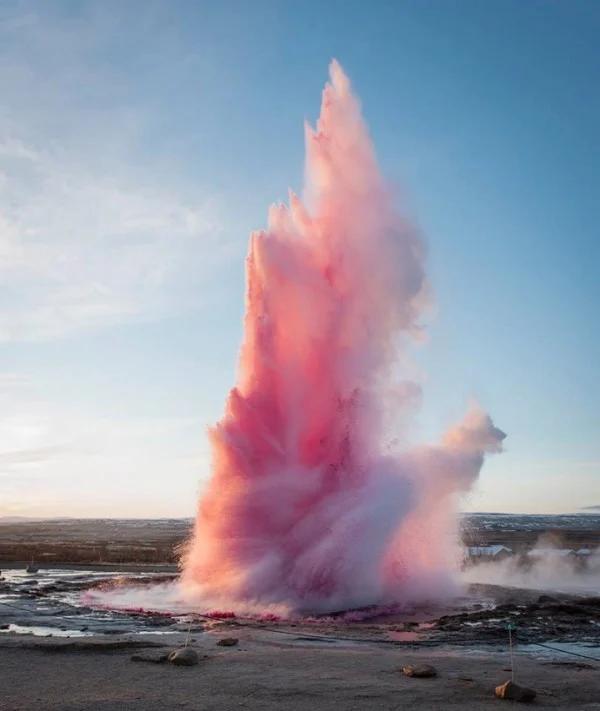
A performance artist was jailed for two weeks for his 'installation' of pink geyser.
Photo: Marco Evaristti via Facebook
Why Geysir is a Must-Visit for Travellers Exploring Iceland
Strokkur geyser – its name means The Churn – is one of the largest and most easily accessible geysers in the world. As such, it’s a must for tourists, who gather in a circle around the steaming vent and watch intently as the water starts to shiver and then form a low dome before bursting into life.
But the Geysir geothermal area’s broader appeal is wrapped up in the Golden Circle as a whole. This popular scenic driving route is, in many respects, the best of the Icelandic countryside in a nutshell. Along with Geysir, the route leads to Gullfoss waterfall, where enormous volumes of water tumble over a double fault in the rock into a breathtaking gorge.
Of course, Thingvellir National Park completes the trio. Where the North American and Eurasian plates meet, they’ve formed an extraordinary gorge with huge cultural and historical significance on top of its remarkable natural beauty. The Golden Circle is also sufficiently close to Reykjavik to be an easy day trip, so there really is no excuse not to book a tour.
Practical Information for Visitors
While some visitors opt to self-drive and reach Geysir Geothermal Area under their own steam, it’s also a stop on Iceland’s premier tour. Tours of the Golden Circle route can take as little as six hours if you choose an express version, so there’s no need to miss out if you don’t have a huge amount of time.
Geyser on the Golden Circle Route - Guided Tours
The Geysir Geothermal Area is part of the Golden Circle, Iceland’s most famous tourist route, featuring some of the country’s most stunning and iconic natural landmarks.
The route spans approximately 300 kilometres and loops from Reykjavík into central Iceland and back. It includes key attractions Thingvellir, the Geysir Geothermal Area, and Gullfoss Waterfall.
While self-driving this popular circuit is a common choice for many visitors, opting for a guided tour can significantly enhance your experience. Guided tours add immense value through the knowledge and expertise of local guides.
You can also combine a Golden Circle tour with other activities such as snowmobiling on Langjökull glacier, snorkelling at Silfra Fissure or eating rye bread freshly dug up from the hot sand that lines Laugarvatn, a nearby lake. Being able to fully customise how you experience the Golden Circle area is a real plus – just make sure you don’t miss Geysir.
Our experts navigate effortlessly and enrich your journey with historical facts, geological information, and cultural insights you might miss when driving yourself.

Icelandia tours are carbon neutral, ensuring our operations do not contribute to carbon emissions. We offset any remaining emissions by investing in renewable energy projects, making our tours a responsible choice for eco-conscious travelers.
The Best Times to Visit
Geysir is a year-round tourist attraction, so no matter when you plan to visit, you will be able to access it. Tours of the Golden Circle depart frequently from Reykjavik, and all of them make a stop at Geysir. Though it’s likely to be busiest in summer, this is typically when you’ll have the best chance of fine weather.
In any season, the sight of Strokkur erupting against a blue sky with sunshine catching on the airborne water droplets is very special indeed. In winter, there tends to be fewer people at the site and sometimes, a photogenic dusting of snow over the surrounding landscape. The water beautifully sets off the soft light, particularly at sunrise and sunset.
There’s no bad time to visit such an extraordinary place.
Viewing tips
Plan to stand and watch as Strokkur geyser erupts multiple times. It’s a mesmerising sight and you won’t fully appreciate it the first time. Take your spot behind the rope and make sure you have an uninterrupted view of the proceedings.
You’ll notice how the water at the centre of the pool starts to vibrate a little and then rises to form an immaculate turquoise-coloured dome. Then the jet of water forces its way through and – whoosh – up it goes. After you’ve had your fill of Strokkur, take a walk around the rest of the geothermal area.
Safety guidelines
Those ropes are there for a reason: the water is scalding hot. Never be tempted to put your hand in the water to see just how hot it feels as you could be injured.
Keep a close eye on small children and never let them wander off. Despite it being firmly on the tourist trail, this isn’t a place to underestimate and you don’t want to slip and fall onto the hot water.
Facilities in the area
Since 2020, the Environmental Agency in Iceland has been responsible for overseeing the Geysir geothermal area to ensure it is effectively protected. However just beyond this area is the Geysir Centre.
There, you’ll find several places to stay, including Hotel Geysir, Hotel Litli Geysir and a campsite on the southern slopes of Laugarfjall. Plus, there are shopping and dining options within the stylish Geysir Centre. There’s also a petrol station nearby and charging points for electric vehicles, another reason to pull off the road here.

Hotel, Restaurant and Souvenir shop
There is a stílish hotel, an excellent restaurant and a souvenir shop at Geysir, offering a great selection of meals and high-quality souvenirs. Photo: Hotel Geysir
Important Information for Visitors
Some long overdue construction work is taking place at Geysir to improve the trails and create a circular route around a larger portion of the geothermal area. It is hoped that this will help spread tourists over a wider area. As visitor numbers have significantly increased in recent years, such construction work is essential if this fragile environment is to be adequately protected.
Unfortunately, there will be some impact to visitors in the short term. For instance construction equipment will use existing pathways in order to prevent unnecessary damage to the environment and small sections of the geothermal area will have to be temporarily cordoned off. However, it is hoped that those who do come while works are underway will understand such disruption will be beneficial in the long term. Construction work began in the summer of 2014 and will continue periodically until the end of 2025.
Construction work at Geysir between spring 2024 and the end of 2025
Construction at Geysir aims to improve trails and create a circular route to better protect the fragile environment and manage increased visitor numbers despite some short-term disruptions.
Questions and Answers about Iceland's Geysers
There are no opening hours at Geysir – it is open 24 hours a day. You can even come here to spot the northern lights after dark if you want. The best time of day to visit Geysir is in the early morning or later on in the evening when there are fewer crowds.
The best time of year to visit Geysir depends whether you want to enjoy the balmier weather and long hours of daylight in summer, or if you want to witness the drama of the Haukadalur Valley covered in snow during winter. Geysir is a year-round destination, and the cold weather doesn’t affect the clockwork timing of the Strokkur geyser.
Geysir is in the Haukadalur Valley, on Route 35 or Route 37 from Þingvellir national park. It’s within southwest Iceland, along the famous Golden Circle route from Reykjavík.
Geysir is a protected area of geothermal activity in Iceland where boiling-hot pools bubble and steam and lively geysers erupt like clockwork. Geysir can also refer to a specific geyser in the area – the Great Geysir – which is now dormant. It is where the English word “geyser” comes from.
Most people reach Geysir by following the route of the Golden Circle from Reykjavík, taking in the sights of Þingvellir national park where the continental plates meet, and the thundering wonder of Gullfoss waterfall along the way.
Geysir is around 100 kilometres from the capital city and the entire route of the Golden Circle is 230 kilometres (around 140 miles) long. A well-trodden route, the Golden Circle is easy to do as a self-drive adventure if you are hiring a car.
The roads are cleared of snow year-round, but it is always best to check the SafeTravel app before driving anywhere in Iceland. The Golden Circle and Geysir is a popular day trip from Reykjavík and there are lots of different itineraries available on guided tours
The Geysir area of geothermal activity is just across the road from the car park and café. Walking to the Strokkur geyser takes around five minutes and following the paths around the entire park takes between half an hour and forty-five minutes. It is all flat.
Geysir is one of three main natural attractions that make up the basic itinerary of the Golden Circle route. It is close to Gullfoss – the tumbling waterfall that gives the Golden Circle its name.
The third natural wonder of the Golden Circle is Þingvellir national park where you can see the chasm between the Eurasian and North American continental plates.
Of course, there are additional sights that can be added to a Golden Circle itinerary, like secret geothermal lagoons, glacier hikes, lava tunnels and the caldera of an ancient volcano.
Strokkur geyser sits within the Geysir area of geothermal activity. It’s a short walk from the main car park, past the hot springs and streams that simmer with activity. You’ll find it beside the Hvítá River, in the southwest of Iceland.
Entry to the area of geothermal activity and witnessing Strokkur erupt is free of charge. There is also no fee to use the car park. However, you might want to bring some money to buy refreshments from the café or something to commemorate your visit from the gift shop.
The Great Geysir is no longer active (at least it hasn't erupted since 2016), so it does not erupt any more. However, within the Geysir area of geothermal activity, you can see Strokkur erupt on schedule.
A jet of boiling-hot water bursts forth from the landscape every six to ten minutes, giving you enough time to set up a tripod and camera to capture the moment.
It is an easy, flat walk from the car park to Geysir’s pools, rivers and rumbling geothermal activity. While there is a path that runs through the parkland, it would be considered a leisurely stroll to reach the Strokkur geyser, rather than a hike.
You should plan to spend around an hour at Geysir to give you enough time to walk the trail through the geothermal area of bubbling activity and see the old site of the Great Geysir eruption.
You’ll also want to wait for Strokkur to erupt – it goes off like clockwork every ten minutes or so. Across the road from the geothermal park, there’s a café and gift shop so this is the perfect opportunity to refuel and stop for a comfort break.
You don’t have to wear anything special to visit Geysir in Iceland but, like all outdoor sites on the island, it is a good idea to bring a waterproof jacket in case it rains (and for potential spray from Strokkur geyser), sturdy walking boots and layers.
In summer, a breathable tee-shirt, long-sleeve jumper and waterproof jacket should suffice. In winter, you’ll want to have a thicker layer like a fleece or woolly jumper to keep the chill at bay, plus a hat, scarf and gloves.
Iceland’s most active geyser is Strokkur. It is the only geyser you can watch erupt with predictable regularity. It erupts every six to ten minutes. For this reason, Strokkur is considered the best geyser to see in Iceland. If it was as regular as Strokkur, the Great Geysir would, without doubt, take the top spot of geysers in Iceland as it boasts a much bigger plume of water when it does go off. However, the Great Geysir has been dormant for the past couple of decades – the last time it erupted was in 2000, after an earthquake in the area. There was also a small activity in 2016, but it wasn’t a huge eruption.
It’s possible to spend as little as half an hour at Geysir if all you want to do is watch a geyser erupt but you may wish to spend a bit longer and visit the café and shop too.
The easiest way to get to Geysir is as part of a group tour, as these depart from Reykjavik every day. You might also be tempted to rent a car and drive yourself on well maintained tarmac roads, with plenty of opportunities to stop off along the way.
Yes! Magnificent canyons, jaw-dropping waterfalls, steaming geothermal valleys and vast glaciers litter the Icelandic countryside. No matter where you travel, there’s an abundance of natural wonders in Iceland – be prepared to be wowed.
Related Articles
See all articlesRecommended tours
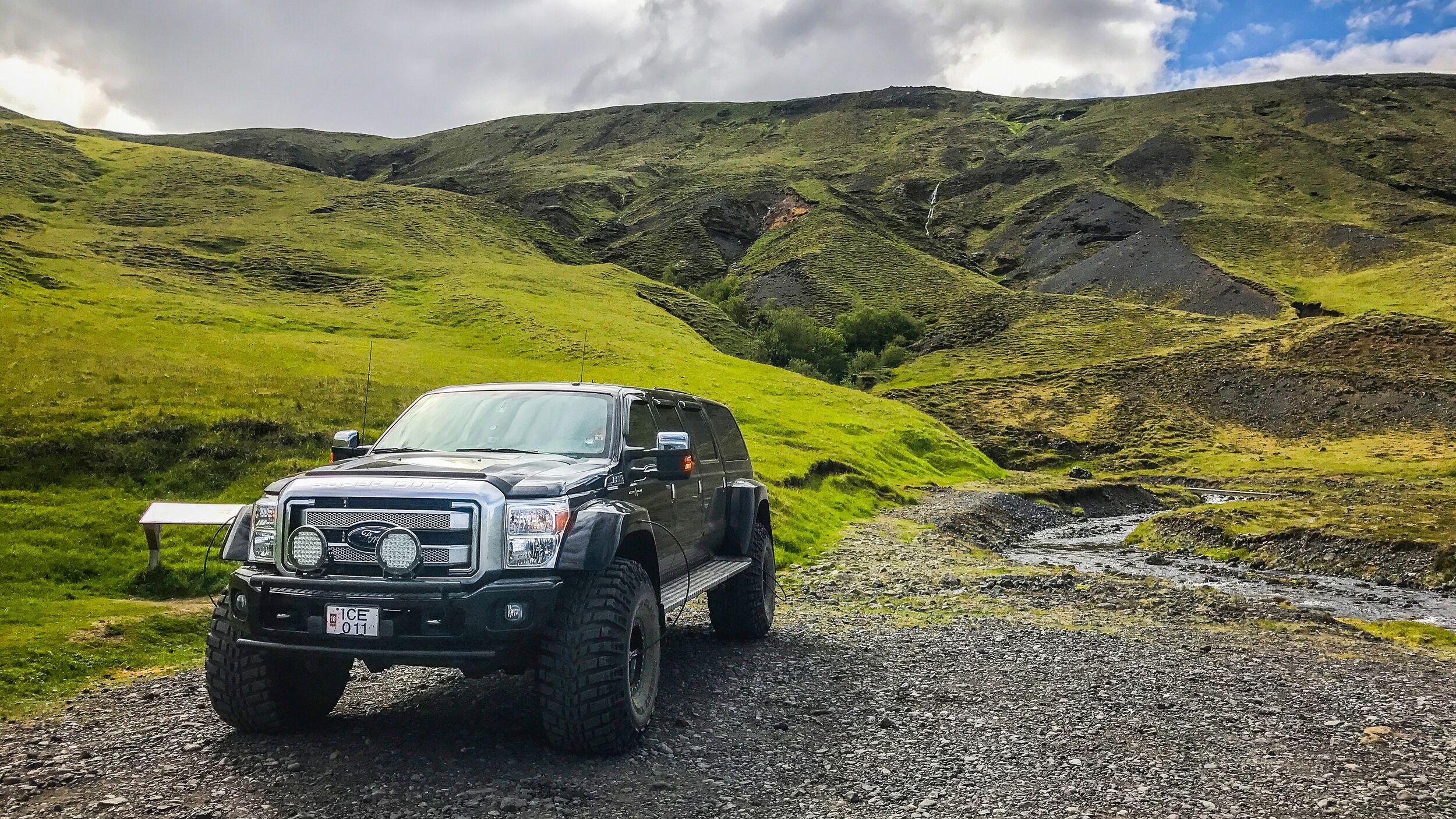
Private Golden Circle tour
Experience Iceland’s Golden Circle on a private tour with a dedicated guide. Visit Þingvellir, Geysir, and Gullfoss at your own pace for a personalized adventure.
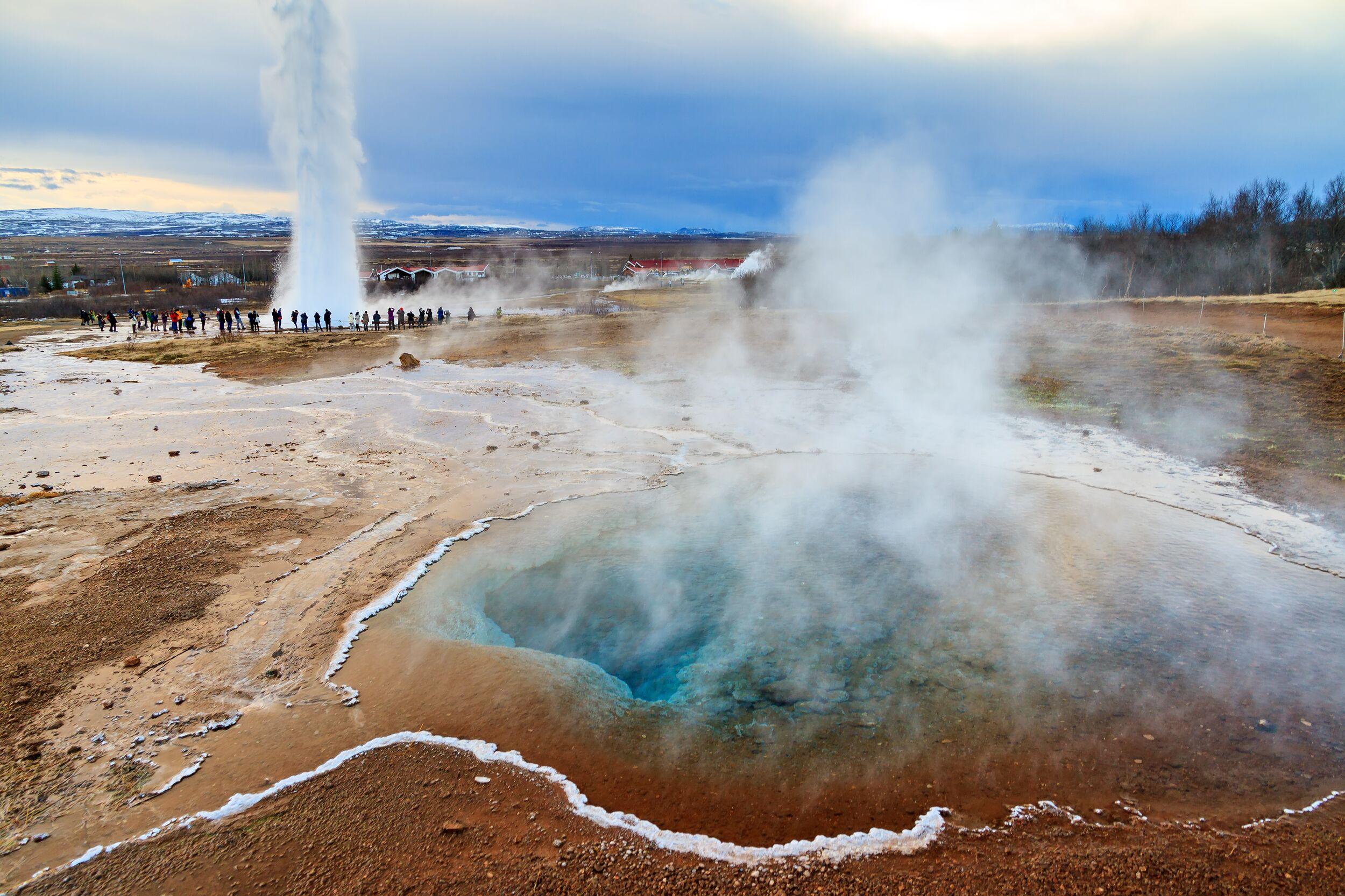
Golden Circle Direct
Want to see the sites of the Golden Circle but have a limited amount of time? Consider this express Golden Circle tour! Experience the landmarks of the classic Golden Circle in South Iceland on this unforgettable day tour. The Golden Circle encompasses the must-see sights of Þingvellir National Park, the golden Gullfoss waterfall, and the bubbling geothermal region of Geysir.
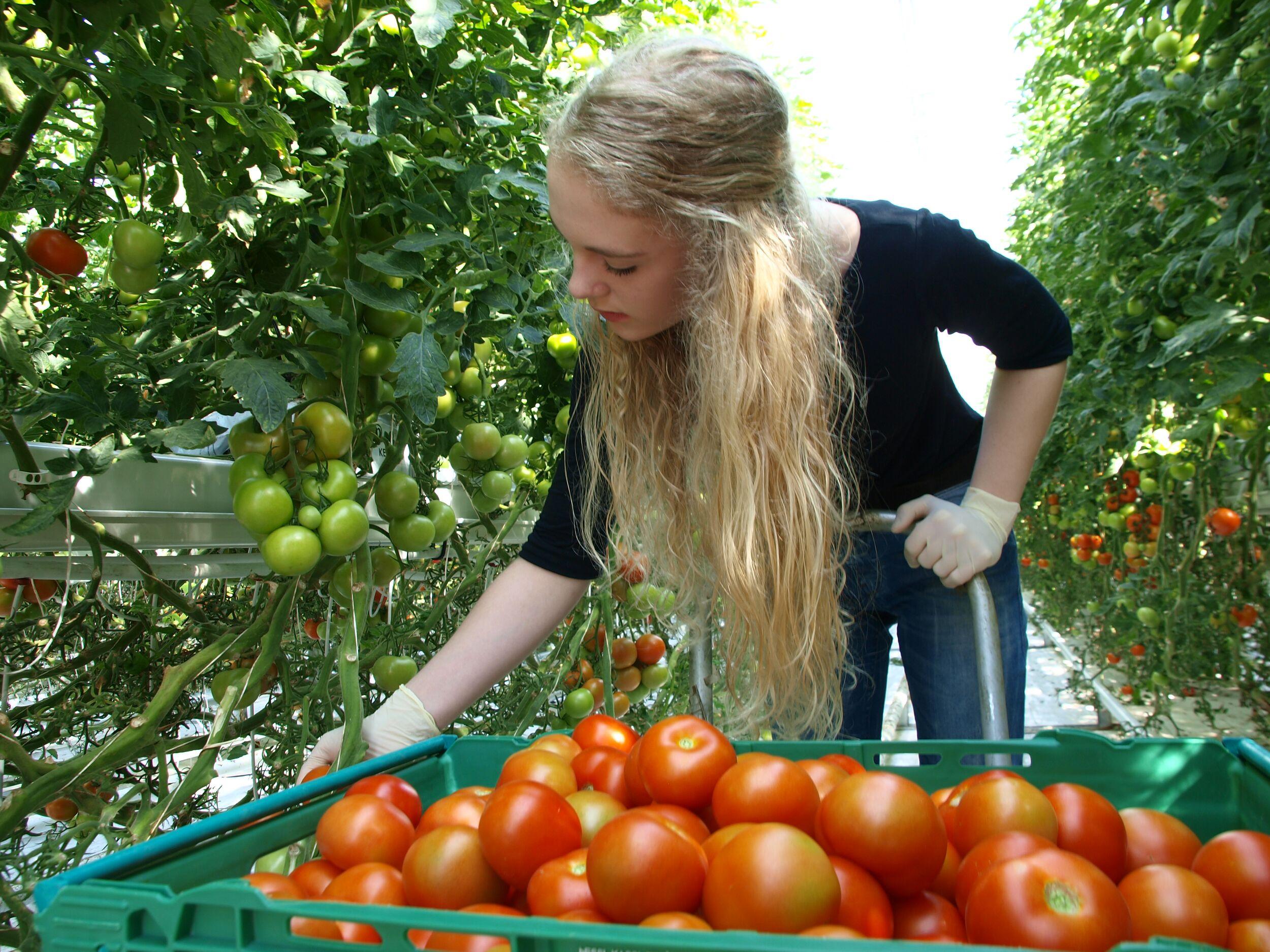
The Golden Circle & Friðheimar Greenhouse
This best-selling tour of Iceland’s most famous landmarks includes a visit to Friðheimar Greenhouse. The Golden Circle encompasses the must-see sights of Þingvellir National Park, the golden Gullfoss waterfall, and the bubbling geothermal region of Geysir. Experience the classic Golden Circle landmarks with a sustainable twist, a stop at Friðheimar!
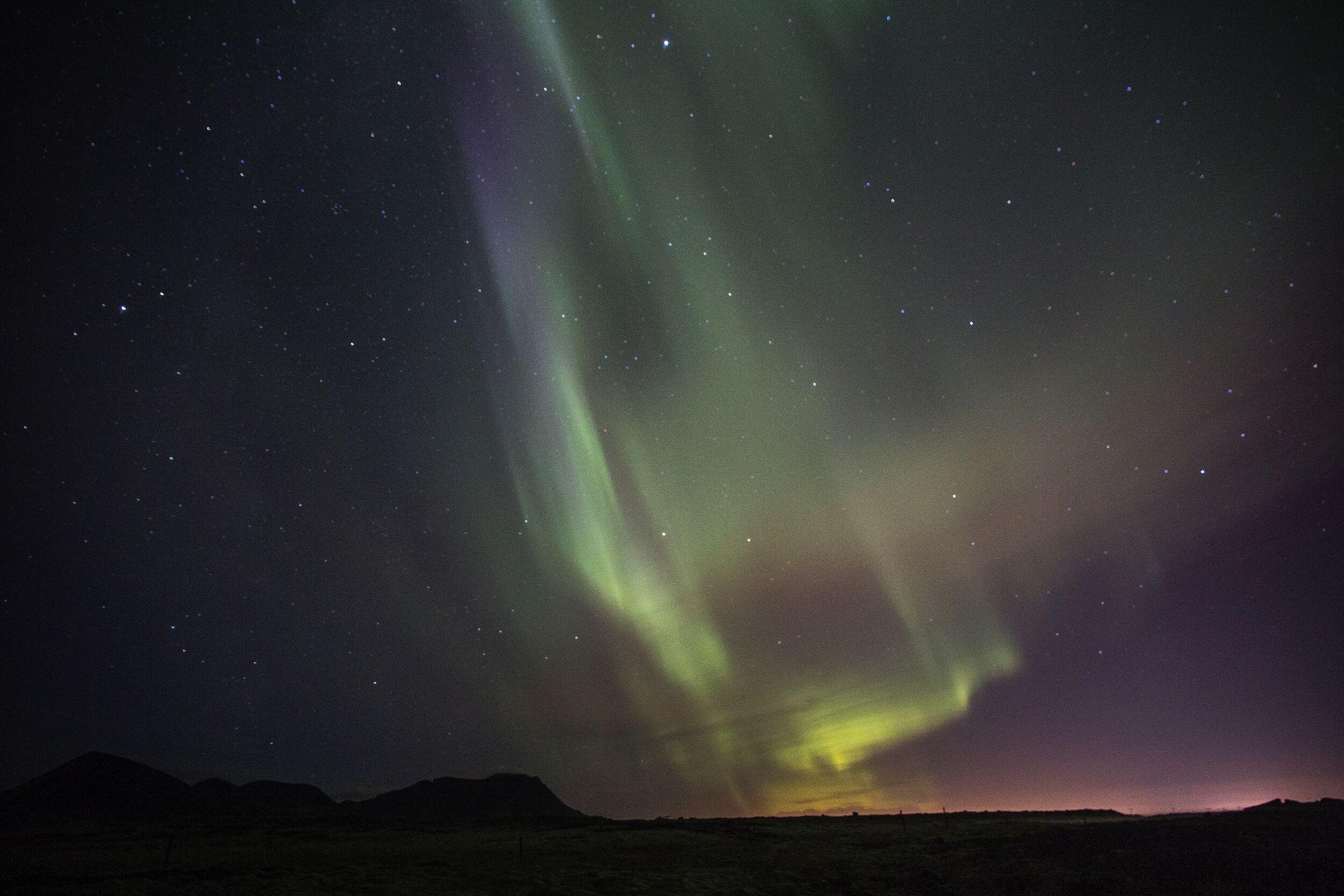
The Golden Circle & Northern Lights - Combo Deal
Want to see the sites of the Golden Circle and hunt for the northern lights but have a limited amount of time? Consider this express Golden Circle/Northern Lights tour! Experience the landmarks of the classic Golden Circle in South Iceland on this unforgettable day tour. The Golden Circle encompasses the must-see sights of Thingvellir National Park, the golden Gullfoss waterfall, and the bubbling geothermal region of Geysir. After your return to Reykjavík, a guide will lead you on a search for the elusive northern lights!
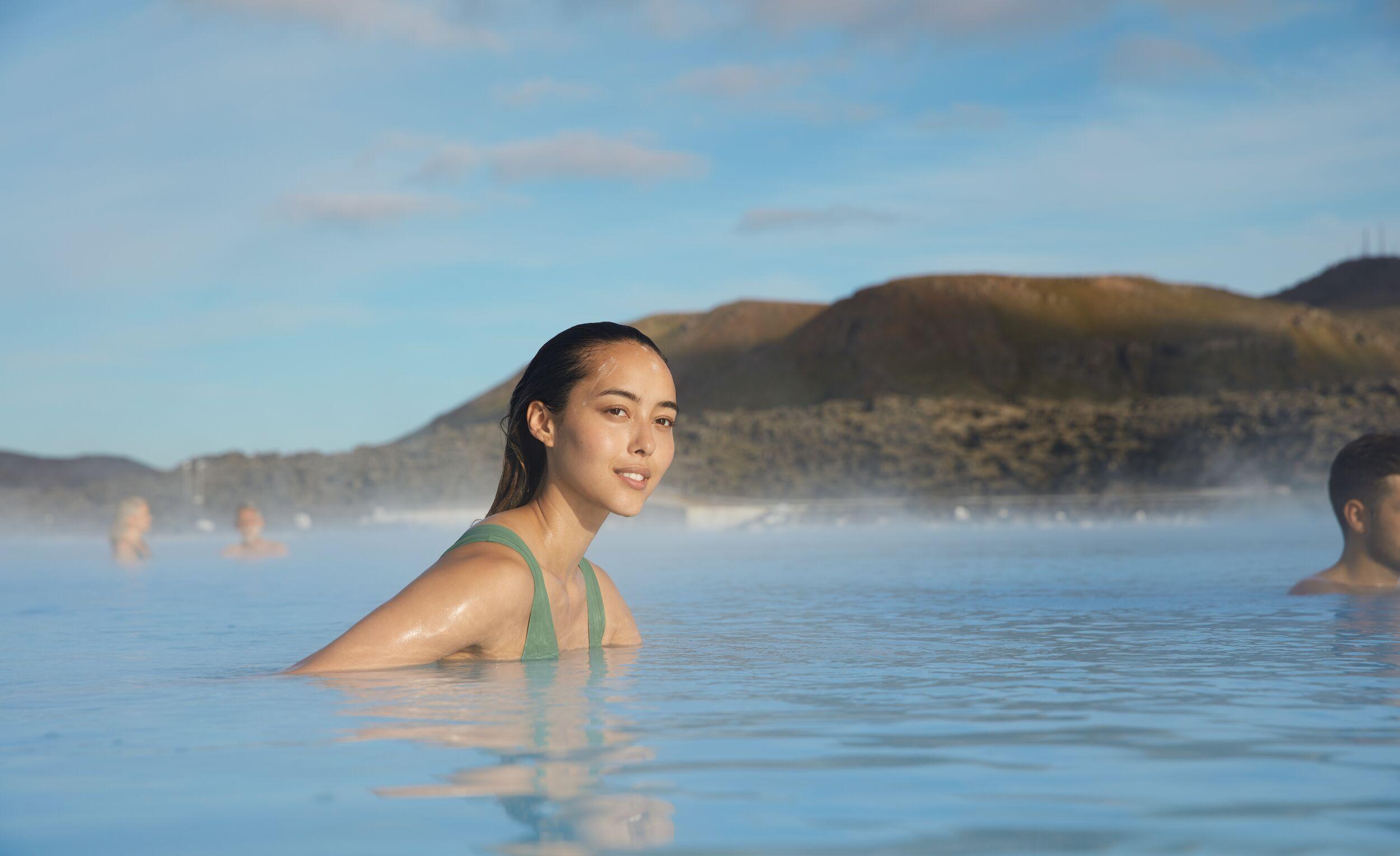
Golden Circle & Blue Lagoon
Experience the best of Iceland with this package of two of the island’s most popular tours in one day! The Golden Circle encompasses the must-see sights of Þingvellir National Park, the golden Gullfoss waterfall, and the bubbling geothermal region of Geysir. After touring the landmarks, soak in the milky blue healing water of the Blue Lagoon.

Golden Circle & Sky Lagoon
Plan for a fantastic day of seeing the classic Golden Circle landmarks capped off with a visit to the dreamy Sky Lagoon! The Golden Circle encompasses the must-see sights of Þingvellir National Park, the golden Gullfoss waterfall, and the bubbling geothermal region of Geysir. After touring the sights, relax at Reykjavík’s newest luxury bathing experience, the Sky Lagoon.


